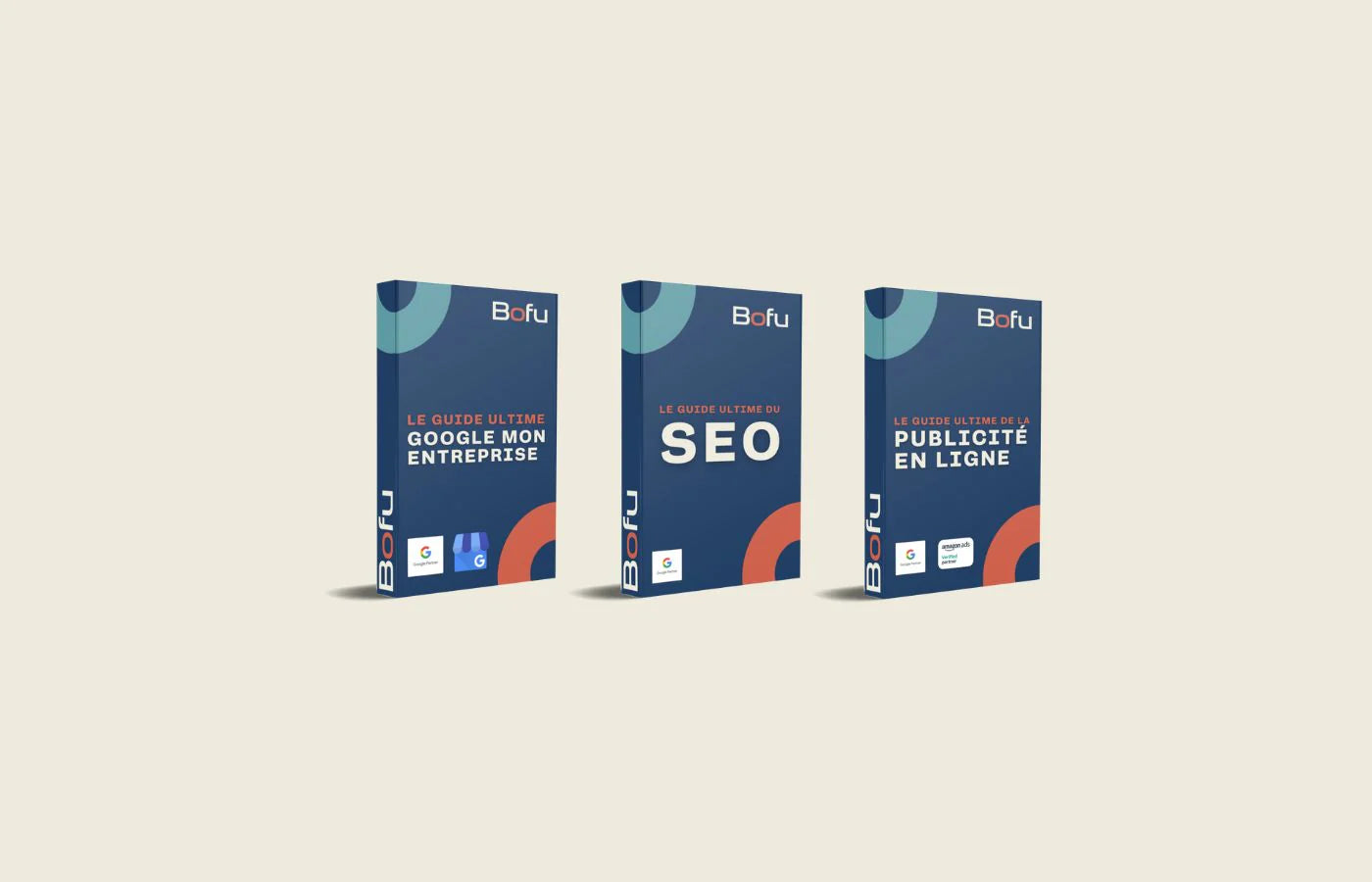The world of Amazon Ads is complex and full of technical terms that can, at first glance, seem disconcerting. The good news? Once you understand these terms, the Amazon advertising strategy becomes much clearer. In this article, we will break down the most important terms to provide you with an in-depth understanding.
Complete Glossary of Key Terms (Amazon Ads)
-
ACoS (Advertising Cost of Sales) : The percentage of direct revenue generated spent on advertising. Example: If a $100 sale costs you $20 in advertising, your ACoS is 20%.
-
TACoS (Total Advertising Cost of Sales) : Takes into account not only advertising, but also other sales-related costs. Example: If you spend $30 (including advertising costs) on a sale of $100, your TACoS is 30%.
-
CPC (Cost Per Click) : Cost paid by an advertiser for each click on their ad. Example: If you pay $0.25 for each click on your ad, your CPC is $0.25.
-
PPC (Pay-Per-Click) : Advertising model where advertisers pay each time a user clicks on their ad.
-
DSP (Demand Side Platform) : Platform used by advertisers to purchase advertising placements in an automated manner.
-
Sponsored Products : Ads that appear in search results and on Amazon product pages.
-
Sponsored Brands : Ads that highlight your brand and product line.
-
CTR (Click Through Rate) : Percentage of people who click on an ad after seeing it.
-
Conversion Rate : Percentage of people who buy a product after clicking on an ad.
-
Bidding : Process by which you determine how much you are willing to pay for a click on your ad.
-
Impressions : Number of times an ad is displayed.
-
Placement : Where your ad appears on Amazon.
-
Keyword Targeting : Targeting your ad based on specific keywords.
-
ASIN (Amazon Standard Identification Number) : A group of 10 letters and/or numbers that identify items.
-
Campaign : Set of advertising announcements.
-
Ad Group : A subset of a campaign containing specific keywords or ASINs.
-
Match Type : Describes how keywords are associated with buyer searches.
-
Negative Keywords : Keywords that exclude your trigger ad.
-
Daily Budget : Maximum amount you are willing to spend per day on a campaign.
-
Lifetime Budget : Maximum amount you are willing to spend for the duration of a campaign.
-
Dynamic Bidding : Amazon automatically adjusts your bids in real time.
-
Fixed Bidding : You set a fixed bid that does not change.
-
Portfolio : A group of campaigns organized according to a specific objective or strategy.
-
Targeting : Targeting your audience based on keywords, products or interests.
-
Lock Period : Period during which the data is verified and cannot be modified.
-
Search Term : The exact keyword a buyer enters into the search bar.
-
Ad Spend : Total amount spent on ads during a given period.
-
ROAS (Return on Ad Spend) : Revenue generated for each dollar spent on advertising.
-
Attribution Window : Period during which a conversion is attributed to an ad after a user clicks on it.
-
Bulk Operations : Tools for making bulk changes to campaigns.
Details of the 10 most important key terms:
-
ACoS (Advertising Cost of Sales) :
- Explanation : ACoS represents the ratio of advertising spend to the sales generated by those advertisements. This is a key indicator of how profitable your ads are.
- Sales Decision : If the ACoS is too high, this could mean that you are spending too much in relation to your sales or that you are casting a very wide net in terms of intention (Tofu), which could require a reconsideration of your advertising strategy .
- Marketing Decision : ACoS can be used to evaluate and adjust bids, keywords and targeting.
-
CPC (Cost Per Click) :
- Explanation : CPC tells you how much each click on your ad costs you. This is an indicator of how much you pay to attract a potential visitor.
- Selling Decision : If the CPC is too high, it could mean that you are spending too much to attract each potential customer according to your maximum acquisition cost or that the competition is fierce, which could affect your profit margin.
- Marketing Decision : CPC trends can influence decisions about which keywords to target or avoid, or even which ad types to prioritize.
-
PPC (Pay-Per-Click) :
- Explanation : Model where you only pay when someone clicks on your ad.
- Decision Sale : PPC campaigns require regular monitoring to ensure you are getting a positive return on investment. The strategy varies depending on budget, competition, seasonality and more!
- Marketing Decision : The success of a PPC campaign can depend on targeting, advertising message, seasonality, etc. Marketers must optimize these variables to achieve the best results.
-
Sponsored Products :
- Explanation : These listings allow sellers to promote individual products to buyers who are looking for similar or complementary items.
- Sales Decision : Select products that have the best sales potential or need increased visibility.
- Marketing Decision : Adjust images, headlines and prices to make Sponsored Products ads as attractive as possible.
-
CTR (Click Through Rate) :
- Explanation : Measures how effective an ad is at generating clicks.
- Selling Decision : A low CTR could mean the ad isn't resonating with your audience, which could require an adjustment to the product or price.
- Marketing Decision : A low CTR can indicate that an ad is not relevant or engaging. Marketers should test different headlines, images or descriptions.
-
Conversion Rate :
- Explanation : Shows the percentage of people who buy after clicking on your ad.
- Sales Decision : Low conversion may suggest problems with the product, pricing, or sales page.
- Marketing Decision : If conversion is low, it could mean the traffic is not qualified or the sales page is not optimized.
-
Bidding :
- Explanation : The process of determining how much you are willing to pay for a click.
- Sales Decision : Set a budget and determine how much you are willing to spend to get a new customer.
- Marketing Decision : Use bidding strategies to optimize spend and maximize conversions.
-
Placement :
- Explanation : Where your listing appears on Amazon, such as at the top of search results, on a product page, etc.
- Sell Decision : Prime locations may cost more, but may also provide better visibility.
- Marketing Decision : A/B testing can help determine the most profitable investments.
-
Keyword Targeting :
- Explanation : Target ads based on specific keywords.
- Sales Decision : Select relevant keywords that match what potential customers might be searching for.
- Marketing Decision : Regularly analyze keyword performance to refine targeting.
-
ROAS (Return on Ad Spend) :
- Explanation : Measures the profitability of your advertising spend.
- Sell Decision : If ROAS is low, it could mean that ad spend is not generating enough revenue.
- Marketing Decision : Low ROAS could require ad optimization, improved targeting, or an advertising strategy overhaul.
These terms are essential to understanding the nuances of advertising on Amazon and making informed decisions that will maximize ROI. Sellers and marketers need to work together to ensure campaigns are well-optimized and deliver the best possible return.
Why understanding this terminology is crucial
Each term describes a specific part of your Amazon advertising strategy. Without understanding these terms, you could easily misinterpret data, make decisions based on bad information, or miss optimization opportunities.
For example, if you don't understand the difference between ACoS and TACoS, you might be celebrating low ACoS, not realizing that your overall advertising costs (TACoS) are excessive. For a detailed analysis of Amazon advertising and its profitability, read this article .
Complete overview of Amazon Ads tools and sections
Amazon Ads is a robust advertising platform with multiple tools to help brands maximize their visibility and sales. Here's an overview of key tools and sections:
-
Posts : Similar to a social media feed, allows brands to share content to engage shoppers and direct traffic to product detail pages.
-
Insights : Provides essential information about customer preferences, purchasing trends, and other valuable data to inform advertising decisions. Learn more about how these insights can influence your strategy in The Truth About Amazon Advertising: Is It Really Worth It? .
-
Analytics : Offers details on ad performance, including conversion rates, returns on ad spend, and more. If you're wondering how much you should invest in Amazon advertising, check out How Much Does Amazon Advertising Cost? .
-
Assets : The perfect place to store and manage assets like images, videos, and other media for your ads.
-
Brand Analytics : Available to sellers in the Amazon Brand Registry program, it provides data on popular search terms, competing products, and more. To understand the value of Brand Stores, see What is a “Brand Store” on Amazon? .
-
Audience Builder : Create custom audience segments based on specific criteria to precisely target your ads.
-
Performance Dashboard : A centralized view of the performance of all your advertising campaigns.
-
Creative Builder : Create attractive ad visuals without relying on external design software.
-
Budgets & Bids : Adjust your ad spend and set bids for different ad types.
These tools are essential for building comprehensive Amazon advertising strategies, ensuring ads are seen by the right audience, at the right time.
Conclusion: Clarity leads to better advertising decisions
By understanding specific Amazon Ads jargon, you not only decipher reports and data better, but you also make more informed decisions. Armed with this knowledge, you are ready to navigate the world of Amazon Ads with confidence and skill. If you're considering working with an agency to maximize your impact, learn the essential things to consider .
ACCREDITED AMAZON ADS PARTNERS: AMAZON ADS
For all businesses looking to maximize their visibility on the world's leading e-commerce platform, adopting an effective Amazon strategy is imperative. Inasmuch as As accredited Amazon Ads partners , we have the expertise to optimize your ads on Amazon, ensuring not only increased visibility but also a tangible return on investment.
At the same time, we specialize in SEO for Amazon, ensuring that your products are easily findable for potential buyers. Finally, if you are looking for complete solutions for online and retail commerce, discover our marketing solutions designed specifically for online retail businesses .

















